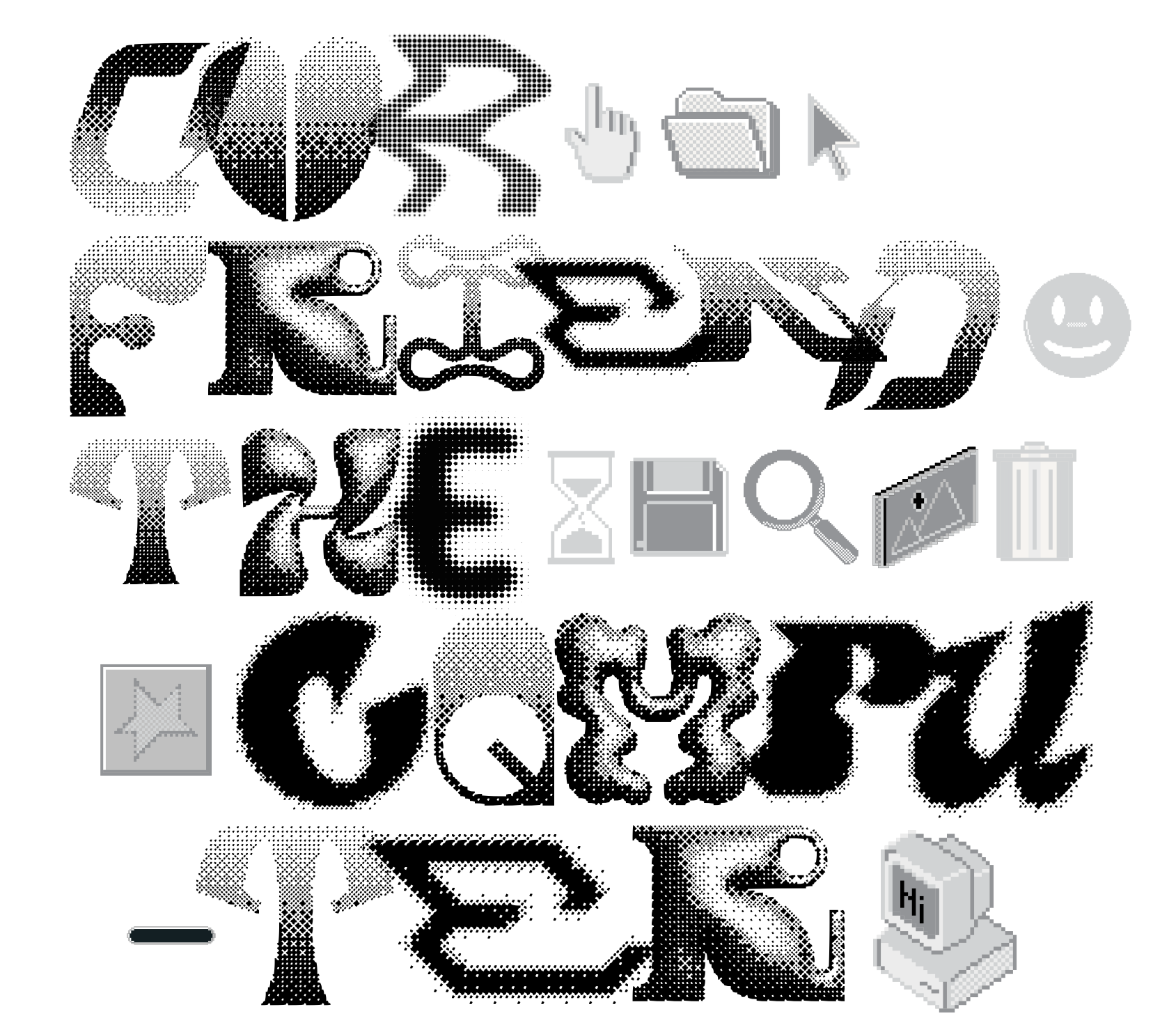
Camila
Camila is a research-based visual artist, writer, and experimental filmmaker living in New York.
Ana
Ana is a UK-based web developer and director of externalpages.org.
A podcast exploring alternative computing histories and their relationship to society. Hosted by Camila Galaz and Ana Meisel.
Sister project of The Media Archaeology Lab at the University of Colorado at Boulder.
Apple Podcasts | Spotify | Google Podcasts | Overcast | Amazon Music | Stitcher | iHeart | RSS | Join our Patreon!
Find us on:
❉ Instagram: ourfriendthecomputer ⍟
✭ Twitter: ourfriendcomp ⁕
Or contact us on ourfriendthecomputer@gmail.comGraphics by Studio Jetstream, music by Nelson
We made a zine to mark our 2nd anniversary. View or download it for free here! We have a coffee donation suggestion below.
(If you're on a phone, download it here.)
Design by Katherine Leon with contributions from libi rose striegl at MAL and Rhizome's Michael Connor <3
The zine's launch event was kindly hosted by Rhizome where we talk more about the pod. Recording available on their Twitch!![]()

Join us on Saturday, April 20 at 12pm ET in the Rhizome Discord to celebrate the launch of our new zine! We will be joined by Bri Griffin, Rhizome's Community Designer, where we'll discuss alternative tech history, lessons we've learned over the course of the podcast’s four seasons, and our favourite tech initiatives. This event also marks the second anniversary of OFtC!
RSVP for a Google calendar invitation for this online event.
We just helped launch the 4th issue of the Media Archeology Lab ephemerMAL zine!
Using an image from MAL's archive "The Myths of Information" as inspiration, we asked the questions
- “what in your daily life are some myths of how technology can better your material well-being?"
- "how do you challenge those myths?”
- using the quote from a 1982 review of the book as an additional guide: "technological innovations should be studied not as simple contributions to material well-being, but as interacting profoundly with the existing culture”
Check out the zine on the Internet Archive <3
Excited to announce we are working as part of a research group called Superkilogirls with Lua Vollaard! More info on this to come.
